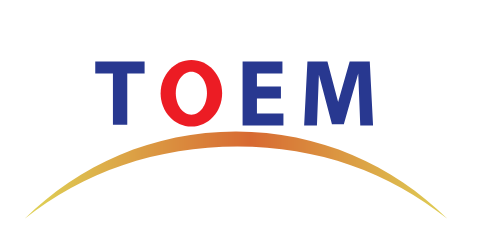Shanghai Gengyun Industrial Co., Ltd
Why Choose OM5 Fiber Optic Patch Cord?
With the surge in data traffic, various emerging services and applications continue to emerge. The demand for high bandwidth and high speed in data centers has grown rapidly. It is in this context that OM5 fiber has been approved as a new type of multimode fiber (MMF) for high-speed data center applications. At the same time, the closely related OM5 fiber optic patch cord has also begun to attract widespread attention in the industry. So, what is the popular OM5 fiber patch cord? What is the difference between it and the previous OM3/OM4 fiber patch cord?

What is an OM5 fiber patch cord?
Fiber patch cords used as jumpers from equipment to fiber optic cabling links. It has a thicker protective layer and generally used for connections between optical transceivers and junction boxes. And used in some fields such as fiber optic communication systems, fiber optic access networks, fiber optic data transmission, and local area networks. As data centers continue to increase their requirements for transmission rates. OM5 fiber patch cords have begun to used more and more.
At the beginning, OM5 fiber patch cords called wideband multimode fiber patch cords (WBMMF). This is a new standard for fiber patch cords defined by TIA and IEC. The fiber diameter is 50/125 microns. Compared with other OM3 and OM4 fiber optic patch cords, OM5 fiber optic patch cords can be used for higher bandwidth applications. Because the fiber preform manufacturing process of OM5 fiber optic patch cords has been significantly optimized. It can support higher bandwidth.
Structurally, it has no obvious difference from OM3 and OM4 fiber optic patch cords. So it can fully backward compatible with traditional OM3 and OM4 multimode fiber optic patch cords. In February 2017, TIA clearly stipulated that the identification color of OM5 fiber optic patch cords is aqua. And the outer jacket colors of OM3 and OM4 fiber optic patch cords are lake blue and purple, respectively, and OM3 and OM4 fiber optic patch cords can still used with om5. The only difference is that the color of the outer jacket needs to changed to easily identify the OM5 connection.

Three core advantages of OM5 fiber optic patch cords
1.High scalability
OM5 fiber optic patch cords have three core advantages. First of all, its first advantage is strong scalability. OM5 fiber optic patch cords can combine short wavelength wavelength division multiplexing (SWDM) and parallel transmission technology. And only 8-core broadband multimode fiber (WBMMF) required. It can support 200/400G Ethernet applications, and the potential for future applications is huge.
2.Cost saving
The second advantage is that the use of OM5 fiber patch cords can effectively reduce construction and operation costs. OM5 fiber patch cords borrow the wavelength division multiplexing (WDM) technology of single-mode optical fiber and expand the available wavelength range during network transmission. It can support 4 wavelengths on 1-core multimode optical fiber. This greatly reduces the cost of network cabling and is one of the fundamental reasons for its wide acceptance.
3.High compatibility
The third advantage is that OM5 fiber patch cords have obvious advantages in compatibility and interoperability. And can support traditional applications like OM3 fiber patch cords and OM4 fiber patch cords. In addition, it is fully compatible with traditional OM3 and OM4 fiber patch cords, and they have extremely strong interoperability.

4.Meeting the high-speed transmission needs of data centers
OM5 fiber jumpers give super-large data centers a strong vitality. It breaks through the bottleneck of parallel transmission technology and low transmission rate adopted by traditional multimode optical fibers. Not only can it use fewer multimode optical fiber cores to support higher-speed network transmission, but also because it uses a lower-cost short wavelength, the cost and power consumption of the optical module will be much lower than that of a single-mode with a long-wave laser source fiber. Therefore, with the continuous increase in transmission rate requirements, OM5 fiber jumpers will have broad application prospects in the future 100G/400G/1t super-large data centers.
